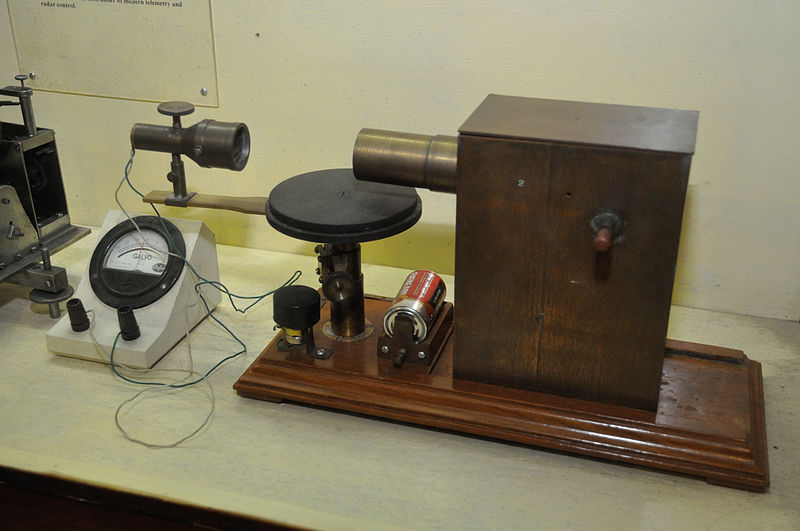फायल:Microwave Apparatus - Jagadish Chandra Bose Museum - Bose Institute - Kolkata 2011-07-26 4051.JPG

ह्या दाखवणीचो आकार: 800 × 531 चित्रतत्वां. हेर बारिकसाय: 320 × 213 चित्रतत्वां | 640 × 425 चित्रतत्वां | 1,024 × 680 चित्रतत्वां | 1,280 × 850 चित्रतत्वां | 2,560 × 1,700 चित्रतत्वां | 4,288 × 2,848 चित्रतत्वां।
मुळावी फायल (4,288 × 2,848 चित्रतत्व, फायलीचो आकार: 5.76 MB, माइम प्रकार: image/jpeg)
फायलीचो इतिहास
त्या वेळार फायल कशी आशिल्ली तें पळोवपाक त्या तारीख/वेळाचेर क्लिक करात
| दिस / वेळ | ल्हान-इमाज़ | परिमाण | वापरपी | शेरो | |
|---|---|---|---|---|---|
| आताचें | 10:21, 9 मार्च 2012 |  | 4,288 × 2,848 (5.76 MB) | Gangulybiswarup |
फायलिचो वापर
हें पान ही फायल वापरता:
भुमंडळ फाइलीचो वापर
सकयल दिल्ल्यो विकी ही फायल वापरतात
- bn.wikipedia.org चेर जाल्ले वापर
- en.wikipedia.org चेर जाल्ले वापर
- en.wikiquote.org चेर जाल्ले वापर
- en.wikisource.org चेर जाल्ले वापर
- fr.wikipedia.org चेर जाल्ले वापर
- hi.wikipedia.org चेर जाल्ले वापर
- ru.wikipedia.org चेर जाल्ले वापर
- te.wikipedia.org चेर जाल्ले वापर
